CATALOGUES AND FLYERS



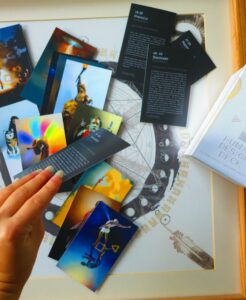

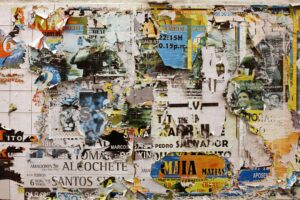
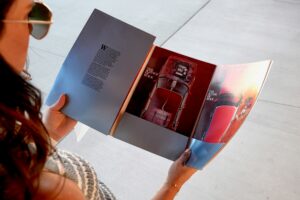
A catalog is a marketing tool that can help a brand connect with its audience, increase brand loyalty, and attract new customers. A flyer is a promotional material used to inform potential customers about a brand, business, or organization. Flyers are often used to market products, services, upcoming events, or general updates from a company. There are other kinds of printables like posters, brochures, pamphlets, leaflets etc
These can be used to showcase a business’s products or services, and can include details like product features, descriptions, dimensions, price, weight, availability, color, and customer reviews.
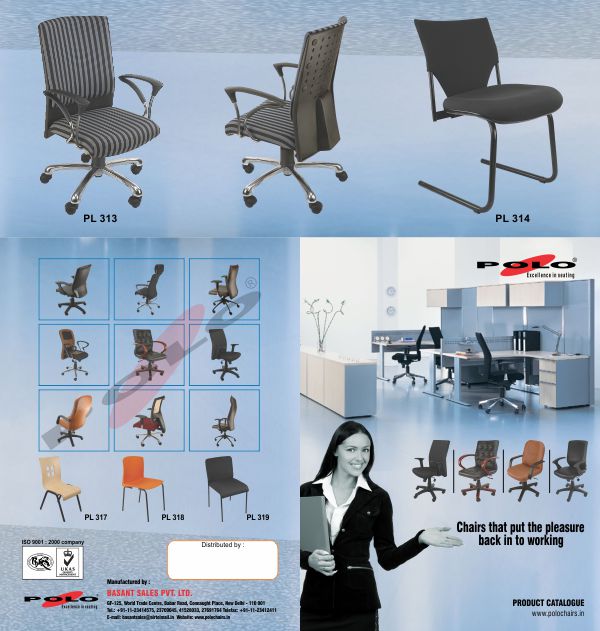
Catalogs, Brochures can be an effective way to spread the word about products and services, and can be a common element of many organizations’ marketing efforts. Catalogs can be of various types but chiefly product, fashion, basic informational, same goes for brochures
Posters, Flyers, pamphlets, leaflets are a cost-effective way to promote a message and can be used for a variety of reasons including like Targeting your audience, Increasing visibility, Measuring success etc
BENEFITS
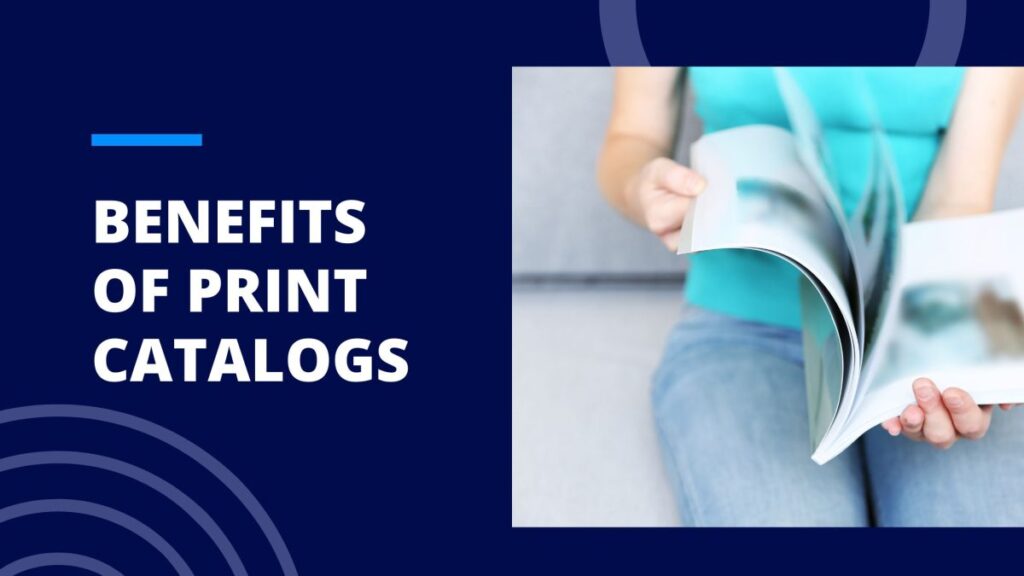
Catalogs and flyers can have many benefits for a business, including:
Catalogs
Can help establish a brand’s professionalism and size, and can be used to share important product information:
- Brand awareness: Catalogs can help strengthen a brand and make it something customers want to be a part of.
- Product information: Catalogs can include information such as materials, sizes, care instructions, and pricing.
- Updates: Catalogs can be easily updated to reflect new products or updates.
- Scalability: Digital catalogs can be easily scaled as a business grows.
Flyers
Can be a cost-effective way to promote a business and bring people to events:
- Reach: Flyers can extend a business’s reach to people without digital skills.
- Awareness: Flyers can be useful for raising awareness locally.
- Creative expression: Flyers can be used to showcase a business’s creative side with aesthetically pleasing graphics and images.
- Engagement: Flyers can be used as a talking point to engage with prospective customers.
VARIOUS TYPES OF CATALOGUES AND FLYERS
Printables on the basis of purpose can generally be:
- Fashion: Printables promoting or showcasing an array of clothes or jewellery, although a part of product printables but still can be a section on its own
- Product: Any other products like furniture, lights etc
- General: Apart form product or fashion printable can be informational or awareness spreading

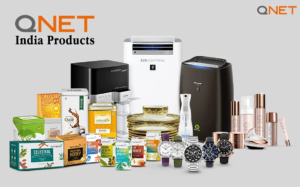

Catalogues, brouchures, posters and flyers can come in many different variations mainly on basis of types and sizes
CATALOGUES
Catalogues can be various sizes including standard sizes, custom sizes, and mini slim catalogs:
- Standard sizes
The most common size is 8.5 x 11 inches, which is cost-effective and can include details and images of products. Other standard sizes include:
- 6 x 9: A smaller size that’s good for a quick overview of products and services
- A4: 8.27 x 11.69
- A5: 5.83 x 8.27
- A6: 4.13 x 5.83
- Custom sizes
You can also order custom sizes, such as pocket-sized squares, oversized formats, or brochure-shaped catalogs.
- Mini slim catalogs
The right catalog size depends on how much information it should carry and how it will be distributed and used. For example, smaller sizes are easier to carry and stuff in a pocket or purse, while larger sizes are better for featuring a large number of products or services.
- digital catalogue
There are different types of digital catalogs, including:
- Interactive catalogs
These web-based catalogs are a dynamic version of a traditional print catalog. They can include features like horizontal page-turning, sliding, or cross-fading.
- Mobile catalogs
These catalogs are designed for smartphones and tablets and are optimized for smaller screens.
- Catalogs with link management
These catalogs can include tools that allow users to easily navigate through internal and external links.
- Catalogs with interactive navigation
These catalogs can include features like SKU hyperlinking to direct customers to an e-commerce site, and animated page transitions.
- Shared folders
These catalogs can be created online and distributed to a team using shared folders.
Catalogues prices can vary a lot depending upon many factors like
- type of catalogues
- size of catalogue
- material
- designing
- research
- photography etc
BROCHURES
Brochures are used to provide detailed information about the event, schedules, and highlights.
Brochures can also be of many types like product brochures sales brochure company brochures event brochure travel brochure educational brochure fundraising brochures
Brochures have some folding options like half fold by four dry fold Z fold double parallel fold role Fold etc
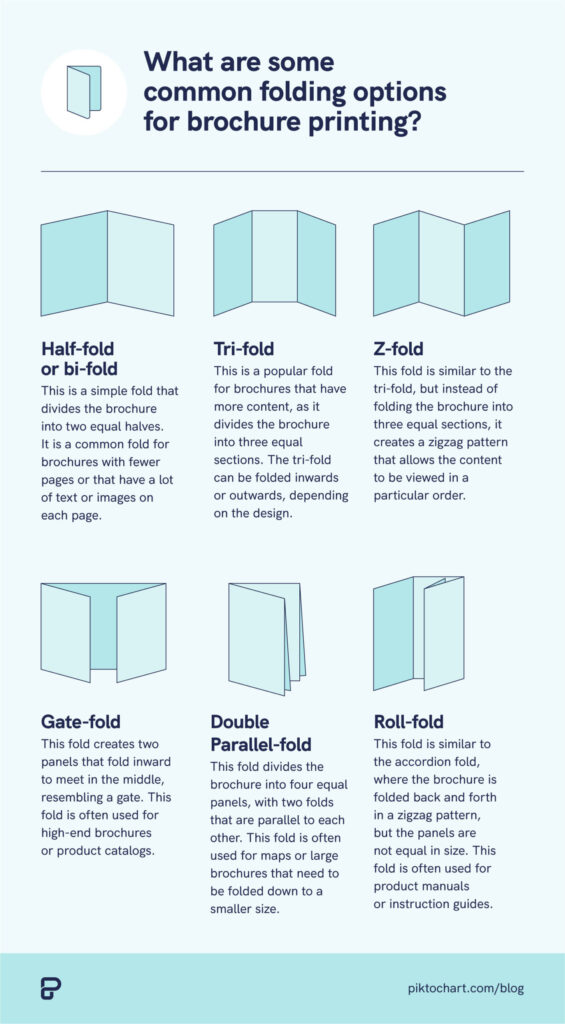
1. Digital Print Brochures (Suitable for Small Quantities)
– Single-Fold (4 Pages)
– A4 Size (8.3×11.7 inches): ₹15 to ₹50 per brochure
– A5 Size (5.8×8.3 inches): ₹10 to ₹30 per brochure
– Bi-Fold (6 Pages)
– A4 Size (8.3×11.7 inches): ₹20 to ₹70 per brochure
– A5 Size (5.8×8.3 inches): ₹15 to ₹40 per brochure
– Tri-Fold (6 Panels)
– A4 Size (8.3×11.7 inches): ₹25 to ₹80 per brochure
– A5 Size (5.8×8.3 inches): ₹20 to ₹50 per brochure
2. Offset Print Brochures (Best for Bulk Orders)
– Single-Fold (4 Pages)
– A4 Size (8.3×11.7 inches): ₹5 to ₹20 per brochure (for quantities above 1,000)
-A5 Size (5.8×8.3 inches): ₹3 to ₹15 per brochure
Posters:- Used for pre-event promotion or as on-site decoration.
Sizes: Typically A4, A3, or larger.
POSTERS
Costing:- it may also depend on size quality quantity. But a rough breakdown is as follows :-
1. Digital Print Posters
– A4 Size (8.3×11.7 inches): ₹10 to ₹50 per poster
– A3 Size (11.7×16.5 inches): ₹20 to ₹100 per poster
– A2 Size (16.5×23.4 inches): ₹50 to ₹200 per poster
– A1 Size (23.4×33.1 inches): ₹100 to ₹400 per poster
– A0 Size (33.1×46.8 inches): ₹200 to ₹800 per poster
2. Offset Print Posters (Best for Bulk Orders)
– A4 Size (8.3×11.7 inches): ₹5 to ₹20 per poster (for quantities above 500)
– A3 Size (11.7×16.5 inches): ₹10 to ₹40 per poster (for quantities above 500)
– A2 Size (16.5×23.4 inches): ₹25 to ₹100 per poster (for quantities above 500)
– A1 Size (23.4×33.1 inches): ₹50 to ₹200 per poster (for quantities above 500)
– A0 Size (33.1×46.8 inches): ₹100 to ₹500 per poster (for quantities above 500)
3. Photo Paper Posters
-A4 Size (8.3×11.7 inches): ₹50 to ₹150 per poster
– A3 Size (11.7×16.5 inches): ₹100 to ₹300 per poster
– A2 Size (16.5×23.4 inches): ₹200 to ₹500 per poster
4. Canvas/Flex/Vinyl Print Posters
– A4 Size (8.3×11.7 inches): ₹200 to ₹500 per poster
– A3 Size (11.7×16.5 inches): ₹300 to ₹700 per poster
– A2 Size (16.5×23.4 inches): ₹500 to ₹1,500 per poster
5. Wall painted posters
Posters that are painted on walls
– A4 Size (8.3×11.7 inches): ₹200 to ₹500 per poster
– A3 Size (11.7×16.5 inches): ₹300 to ₹700 per poster
– A2 Size (16.5×23.4 inches): ₹500 to ₹1,500 per poster
FLYERS, PHAMPHLETS & LEAFLETS
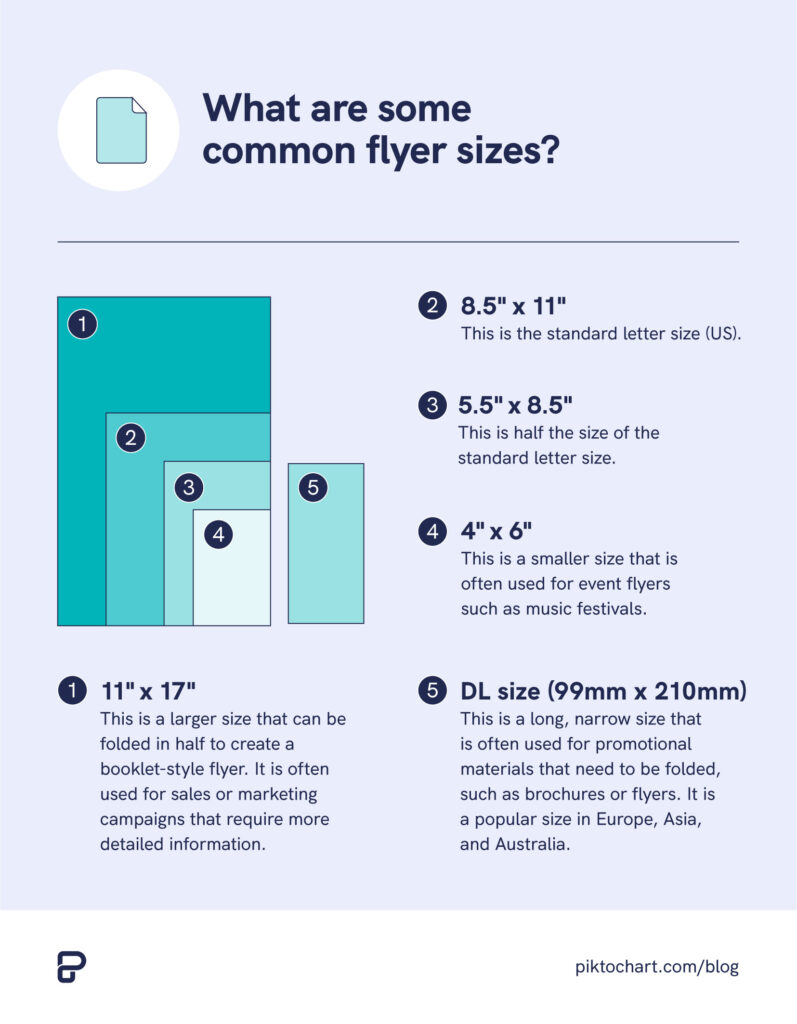
flyers:
– Purpose: Distributed before or during the event to provide quick information.
These can be of various type like events, sales, product flyers, corporate of business flyers, political flyers, information flyers etc
1. Digital Print Flyers
– Size A5 (5.8×8.3 inches): ₹2 to ₹10 per flyer
– Size A4 (8.3×11.7 inches): ₹5 to ₹20 per flyer
– Size A6 (4.1×5.8 inches): ₹1 to ₹5 per flyer
– Size DL (8.3×3.9 inches): ₹3 to ₹12 per flyer
2. Offset Print Flyers (Best for Bulk Orders)
– Size A5 (5.8×8.3 inches): ₹1 to ₹3 per flyer (for quantities above 1,000)
– Size A4 (8.3×11.7 inches): ₹2 to ₹6 per flyer (for quantities above 1,000)
– Size A6 (4.1×5.8 inches): ₹0.50 to ₹2 per flyer (for quantities above 1,000)
– Size DL (8.3×3.9 inches): ₹1.50 to ₹4 per flyer (for quantities above 1,000)
MATERIAL
The main material used for printing catalogs, brochures, and flyers is paper, which can vary in weight, finish, and type. For posters material can be paper, canvas, flex, vinyl, metal etc
- Weight
The weight of paper used for brochures and catalogs is usually between 130 and 170 grams, while the covers are usually between 220 and 250 grams. Material other than paper will be heavier
- Finish
Glossy paper enhances color vibrancy and image clarity, while matte paper provides a smooth, non-reflective surface.
- Type
The paper selection can significantly impact the final output, affecting the catalog’s colors, texture, durability, and overall perception. There is a large variety of papers of which some types of paper used for printables include:
Glossy paper: Offers a professional look and is ideal for vibrant colors and images. Costs vary depending on weight and quality, typically ranging from ₹2 to ₹5 per sheet.
Matte paper: Provides a smooth, non-reflective finish suitable for easy reading. Prices range from ₹1.5 to ₹4 per sheet.
Recycled paper: Environmentally friendly option, though slightly more expensive, ranging from ₹2.5 to ₹6 per sheet.
Some other types of paper can be Text paper, Uncoated paper, Silk paper, Metallic paper etc. These paper cost can be on a higher side as compared to other types of papers.
Poster printing can be done on paper, flex or metals, charges depend on factors like size, paper type, and quantity. For wall painted posters colouring is required. Generally, prices range from ₹50 to ₹200 per poster. Flex printing for posters can be higher side from ₹100 per poster onwards. Poster priniting on metal can be ₹200 per poster onwards
ELEMENTS
- Branding: Branding is a very wide term, but here by branding we mean logo design, catch phrase, colour schemes, visual design identity etc for the purpose of printables like catalogues, flyers, posters etc. Cost of branding can also include the cost of designing and editing which can be done by freelancers or agencies for a charge. It varies depending on the type of branding, such as banners, posters, stickers, etc., designs to be put and the size and location of the branding space. Basically it includes conceptualisation and creativity. Prices can range from ₹3,000 to ₹30,000 or more.
- Designing: Designing is done of various types like logo design, visual design identity, content planning and designing, low and high quality images, photos, cartoons, sketches, colour schemes etc. designing is done on various 2d softwares like Photoshop, Illustrator, CorelDraw etc, Designing may be done by freelancers both beginners or experienced or agencies, whereas agencies can charge more.
Designing A Logo Could Cost Around 500 To 5000 INR. This range Is for simple and basic logos. Designing charges can be ₹1,000 to ₹10,000 per catalogue, brochures etc considering factors such as the number of pages, type and complexity of the design and revisions as these type of prinitables requires lots of brainstorming. Creating high quality images can charge more Whereas designing cost can be minimal for other types printiables.
- Editing: Again designing and editing goes hand in hand, it can be done by same softwares used for designing, Editing charges can range from ₹500 to ₹2,000 plus, depending on the complexity of the content and the editor’s experience.
- Material: Material can be paper of various kinds, metals like aluminium etc, canvas, flex,vinyl can be used for posters also
- Printing: Printing can be digital priniting, offset printing, screen printing, flex printing. Digital printing can be costlier but can be better in quality whereas offset or screen printing can be good for bulk orders. Flex printing is generally used for big size posters. Flex printing for posters can be higher side from ₹100 per poster onwards. Poster priniting on metal can be ₹200 per poster onwards. For wall painted posters colouring is required.
Other elements can be
- Studio or Locations: There can be other elements like photoshoots for catalogues, brochures etc. for that Studio Rental also comes in place depending upon the size, location, and amenities or location charges can also be there which depends upon permits, location scouting etc.
- Camera Equipment: High-end professional cameras can range from a few thousand to lakh of rupees, camera can be available on rent also. Additional costs may include lenses, lighting equipment, and accessories, Props and Set designing and construction can also add up.
- Talent Fees: Hriing models, artistes and other talent may have varying fees based on their experience and popularity. Hiring celebrity is expensive.
- Distribution or Installation: sometimes clients also wants distribution of pamphlets or installation of posters etc, as such agencies can do this for a fees.
- Miscellaneous things like transportation, meals for the crew, and other incidentals along with management fees, GST can also come up.